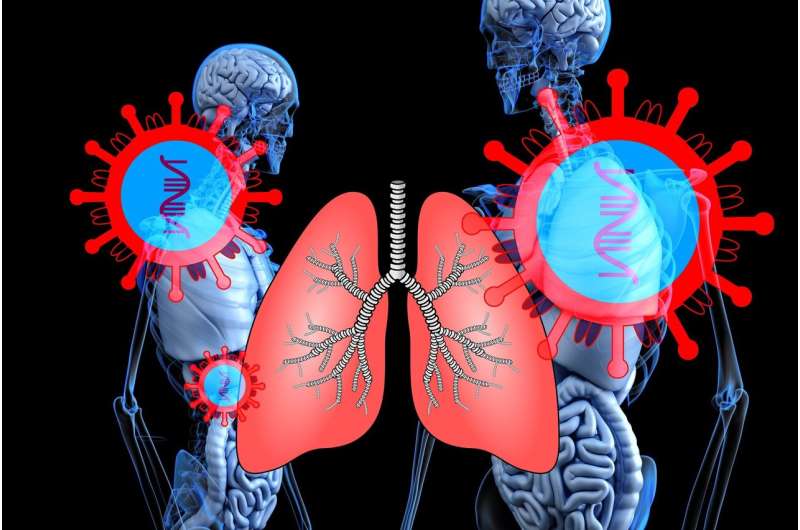Collaborative AI and Medical Research Aim to Predict and Prevent Persistent Post-Surgical Pain

Advances in machine learning are helping clinicians predict and prevent persistent post-surgical pain by analyzing patient data and assessing prediction uncertainty, offering new hope for personalized pain management.
Postoperative pain that continues long after surgical incision healing is a common complication, affecting approximately 10–35% of the 300 million individuals worldwide who undergo surgery each year. Despite its prevalence, the mechanisms behind persistent post-surgical pain are not fully understood, making prediction and prevention challenging. This pain arises from a complex interplay between the peripheral and central nervous systems, the immune system, and an individual's emotional and cognitive processing of pain.
Recent advancements involve leveraging machine learning to analyze preoperative data, helping clinicians identify patients at higher risk for developing ongoing pain after surgery. Traditional approaches targeting individual risk factors have been largely ineffective due to the multifaceted nature of this condition. As Simon Haroutounian from Washington University in St. Louis explains, persistent post-surgical pain is highly complex, requiring sophisticated tools to disentangle the contributing factors.
A multidisciplinary team at WashU, including computer science expert Chenyang Lu, developed an AI system capable of predicting a patient's risk of persistent pain with an added layer of estimating uncertainty in each prediction. This "uncertainty-aware" model processes data from patient surveys via smartphones, along with clinical information such as health history and lab results. The model provides probability estimates and associated confidence levels, enabling clinicians to better assess the reliability of each prediction.
In a study involving 780 patients, participants answered daily surveys prior to surgery, enabling the team to gather rich data despite some missing responses. The model then used this data to forecast individual risk levels, offering both the likelihood of pain development and the certainty related to each projection. Results showed that this method outperformed previous algorithms, especially in calibrating uncertainty, which is critical for informed clinical decision-making.
The next phase involves integrating this predictive tool into clinical workflows to help doctors develop personalized preventive interventions. Understanding the causal factors behind pain vulnerability can guide the choice of treatments—cognitive behavioral therapy for behavioral drivers or immune-modulating therapies for inflammatory responses. Ultimately, this approach aims to reduce the number of patients suffering from persistent postoperative pain through tailored strategies.
By combining machine learning with clinical data, researchers are paving the way for precision medicine in pain management. This innovative research underscores the importance of moving beyond one-size-fits-all solutions, leveraging data to improve patient outcomes and quality of life.
Source: https://medicalxpress.com/news/2025-06-ai-scientists-doctors-partner-persistent.html
Stay Updated with Mia's Feed
Get the latest health & wellness insights delivered straight to your inbox.
Related Articles
Groundbreaking Imaging of NMDA Receptor Provides Insight Into Neurodegenerative Diseases
A pioneering study has provided the first high-resolution images of an open NMDA receptor, shedding light on the molecular processes underlying neurodegenerative diseases and neuronal communication.
Impact of Pandemic Child Tax Credit Expansion on Families and Immigrant Children
A new study highlights the positive effects of the pandemic-era Child Tax Credit expansion on family stability and child health, while warning of policy changes that could leave many vulnerable children behind.
Initiatives to Eliminate Race-Based Bias in Lung Function Testing
Efforts are intensifying to remove race-based adjustments from lung function testing, aiming for fairer and more accurate pulmonary assessments based on environmental and social factors. leading to updates in medical guidelines and disability evaluations.



